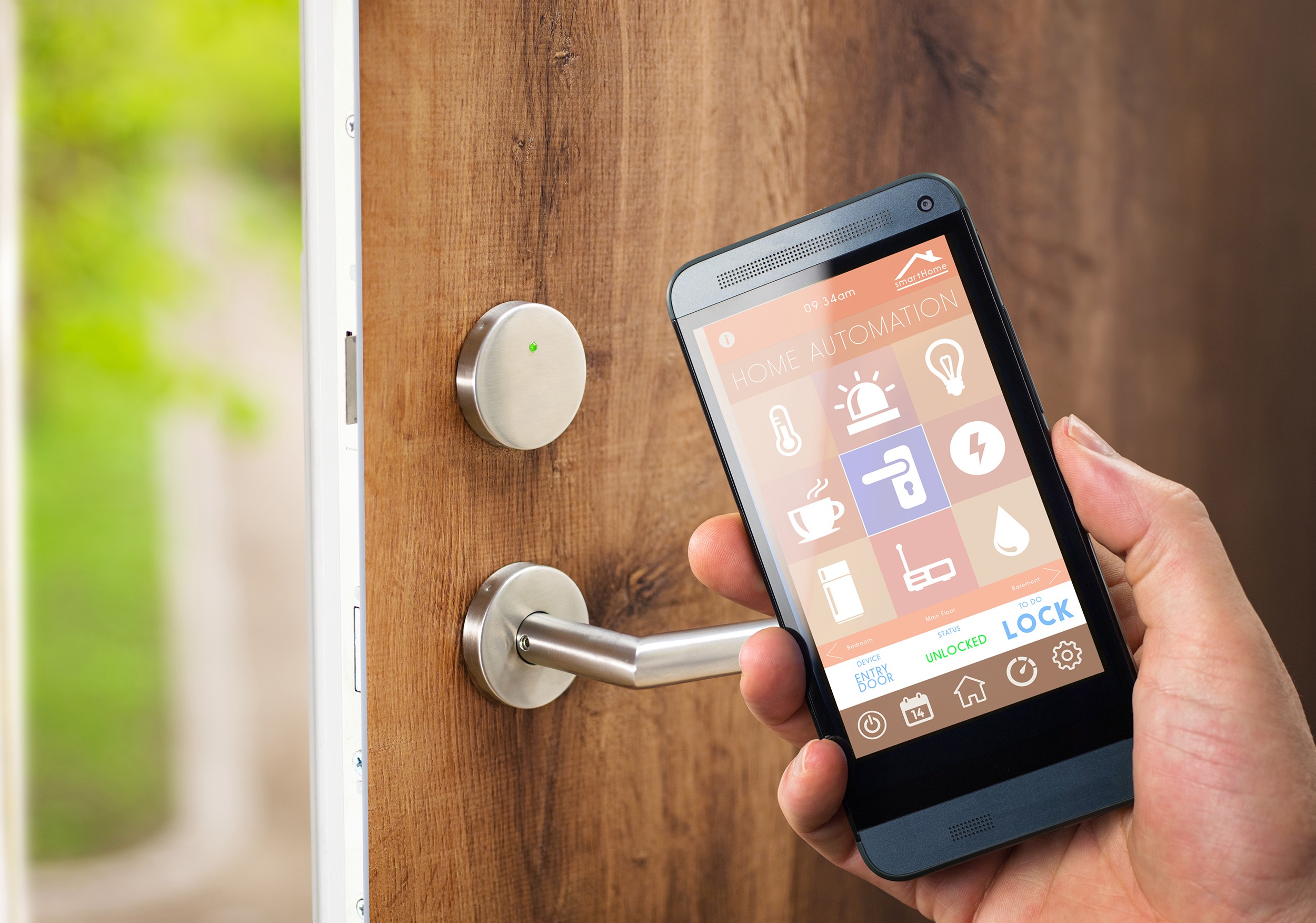The power of sensors in the smart home
Longevity is the key to tomorrow’s smart homes, says Michele Windsor, global marketing manager, Ultralife, and reliable power will be the responsibility of sensor designers
Whether it’s for security or leisure, tomorrow’s internet of things (IoT) devices need consistent power. When the TV sci-fi cartoon The Jetsons was first shown in 1962, it was preposterous to think that we would be waited on by robot maids or be able to video call one another. Yet today, these are realities.
The home automation market is one of the most interesting sectors of recent years. While still early in its adoption phase, it has the potential to become one of the global economy’s most valuable technology segments. Who wouldn’t want to invest in technology that provides everything from security to comfort, all while putting the user in control?
This is a view shared by market research analysts. "While it's still early days for the smart home market – and the wider consumer IoT ecosystem in general – we expect to see considerable growth over the next few years, especially as consumers become more aware of and increasingly interact with smart assistant platforms like Amazon's Alexa and Google Assistant," says Adam Wright, senior research analyst for International Data Corporation's Consumer IoT Program.

As with any new technology, adoption is slow but steady. According to a 2017 connected home report from Gartner, only 10% per cent of households in the US, UK and Australia have purchased smart home devices. However, another survey, conducted by McKinsey, found that the US market is growing at a 31% compound annual growth rate (CAGR) with a total of 29 million smart homes in 2017.
The McKinsey research is particularly interesting, as it highlights some of the reasons that consumers choose to invest in smart home technology. Consumers are currently buying smart technology to solve daily problems. This often means standalone products rather than entire IoT platforms. We expect this will change over time, as smart technology businesses begin offering better value propositions to customers.
Building confidence
The most popular smart device types can be divided into three functions: convenience, entertainment and security.
For example, products such as Amazon’s Alexa intelligent home assistant and Philips’ Hue smart lighting systems are two of the most popular smart home technologies; they both serve for the convenience of the consumer. Likewise, smart doorbells fitted with surveillance technology, for example Nest or Ring, fulfil security purposes.
While few would argue that convenience is as important as security, consumers will still expect the same level of reliability and consistency for both devices. This is because value is the main deciding factor when investing in the technology; consistency helps to justify cost. If original equipment manufacturers (OEMs) in the smart home industry can prove their products are consistently effective, they will build consumer trust in their technology.
Smart power
With any technology in its infancy, there are a range of technical difficulties that can impact a device’s performance. For example, there was an infamous series of incidents in early 2018 that saw Amazon’s Alexa laughing spontaneously without being activated. While these bugs will be addressed on an ongoing basis, there is another problem that smart home device manufacturers must consider - power.

Smart technology can be powered in several ways. Some devices, such as smart lighting, can be wired into the house and powered from the electrical network. However, many devices run on batteries, as do many sensors in smart security systems.
As devices evolve and sensor technology allows for smaller footprints, these battery types change. As a home automation battery manufacturer, Ultralife has researched the market and found that many first-generation battery-powered sensors use CR123A batteries. This makes sense, as these batteries are lightweight, compact and have high voltage capacities.
It is important that design engineers are aware that not all CR123A batteries are made equal. Selecting one that has a high voltage capacity and longevity allows the device manufacturer to provide more value to customers, because it offsets the inconvenience of needing to replace batteries throughout a system that is designed to maximise convenience for the user.
Battery specification
Design engineers should specify CR123A batteries with very specific characteristics to make the most of their product. Besides high energy capacity, engineers should look for batteries with minimal self-discharge and a gentle voltage curve over their lifespan.
The steady voltage curve is particularly important, because it directly affects the performance of the overall sensor. The voltage curve indicates how the current draw of the battery changes over time, with a gentle curve meaning that the battery’s performance is consistent until the energy is depleted. This is a common characteristic in CR123A batteries with a lithium chemistry, such as Ultralife’s lithium manganese dioxide battery for smart sensors.
Ensuring a steady voltage curve is one example of why battery selection needs careful consideration. Other chemistries, such as alkaline batteries, have steep voltage drops that mean they are not ideal for applications like sensors that require a steady draw of power. These drops cause erratic performance, which could potentially compromise a smart security system, particularly for systems that will be regularly attempting to connect to wireless networks.
Although it will be the user that will ultimately be responsible for ongoing battery replacements, many customers follow OEM recommendations on battery choice. This means that if a sensor OEM packages an alkaline battery with their sensors, the user will often choose alkaline instead of lithium, leading to a less effective performance that reflects negatively on the overall system.
To truly achieve the smart homes of the future that TV shows like The Jetsons tempted us with, we must ensure devices are designed to last at component level. Design engineers must take responsibility for initial battery selection and set customers on the right path to a smarter future.










